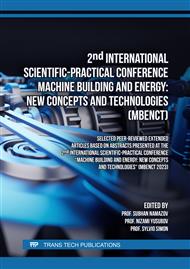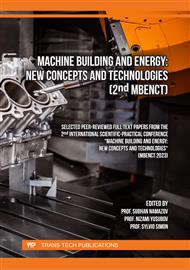p.77
p.87
p.95
p.103
p.113
p.127
p.135
p.141
p.149
Using Statistical Methods to Assess the Accuracy of Production Process Control Systems
Abstract:
In today's highly competitive industrial landscape, maintaining the accuracy of production processes is paramount. This article explores the critical role of statistical methods in evaluating and enhancing the precision of production process control systems. Statistical techniques offer a data-driven approach to monitor and optimize production processes, enabling early issue detection, resource optimization, and continuous improvement. By assessing the accuracy of these control systems, organizations can not only deliver higher-quality products but also gain a competitive edge, reduce risks, and enhance customer satisfaction. While production process control systems are critical for maintaining product quality and efficiency, several challenges persist in their implementation. Variability in raw materials, equipment wears and tear, and external factors can all contribute to deviations from desired standards. These challenges necessitate a robust approach to control and monitoring, which is where statistical methods play a pivotal role. One of the fundamental statistical tools used in assessing the accuracy of production process control systems is hypothesis testing. By formulating hypotheses regarding process parameters and conducting statistical tests, manufacturers can determine whether their processes are operating within acceptable limits. This article underscores the significance of integrating statistical methods into modern manufacturing practices and highlights the benefits they bring to industries seeking sustainable growth.
Info:
Periodical:
Pages:
113-123
Citation:
Online since:
April 2024
Authors:
Price:
Сopyright:
© 2024 Trans Tech Publications Ltd. All Rights Reserved
Share:
Citation:



